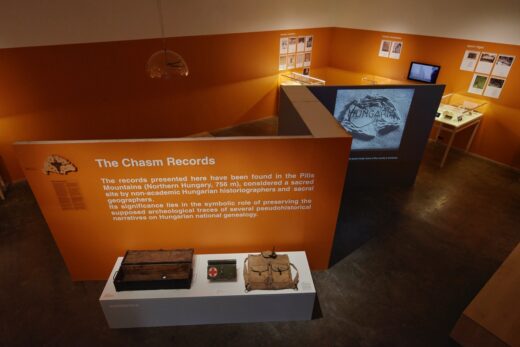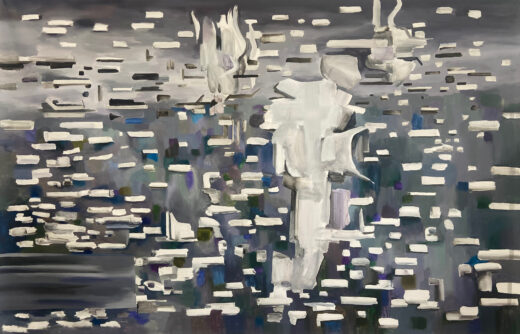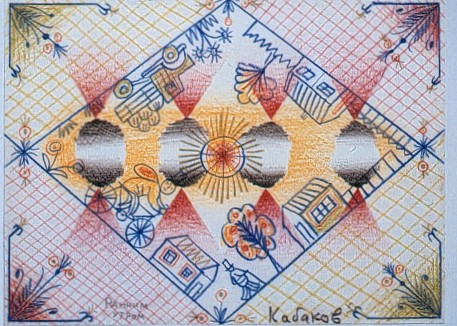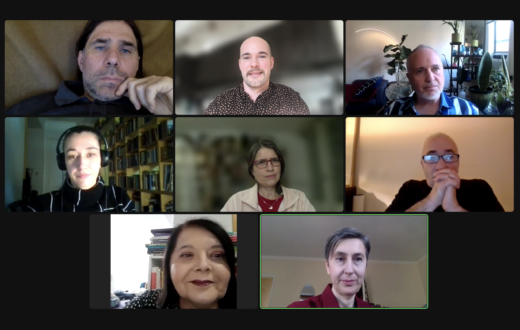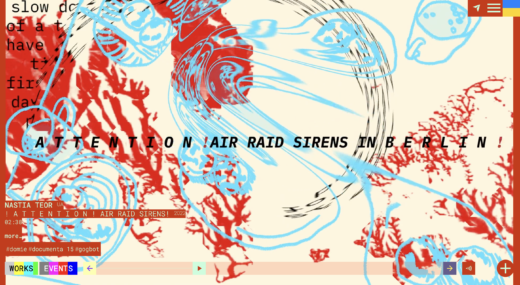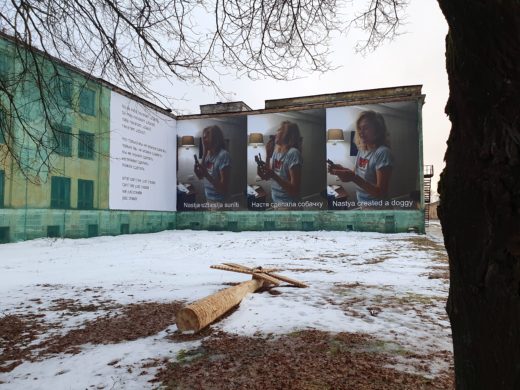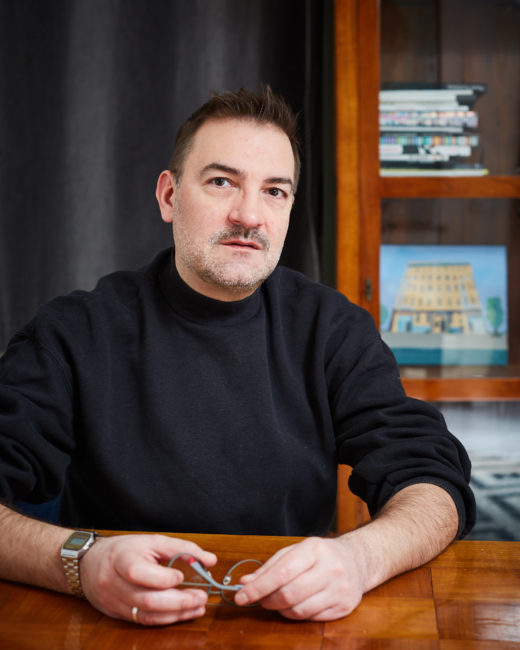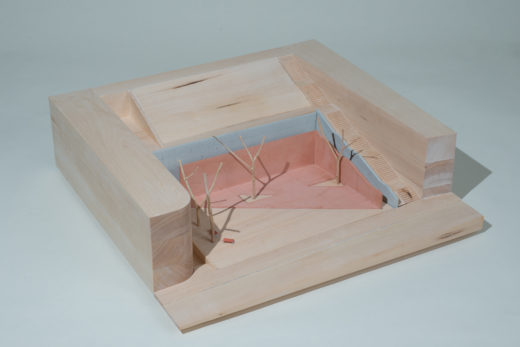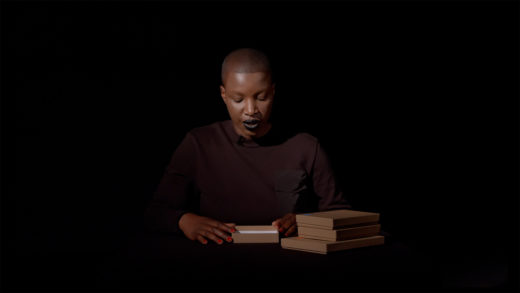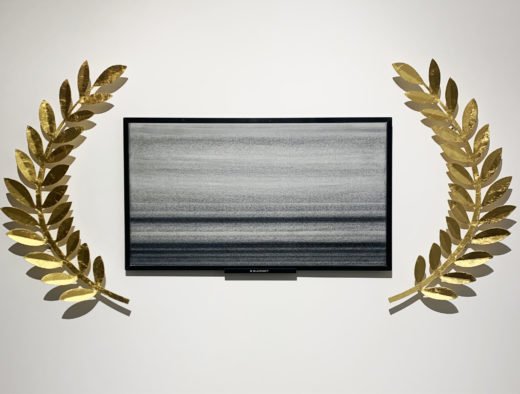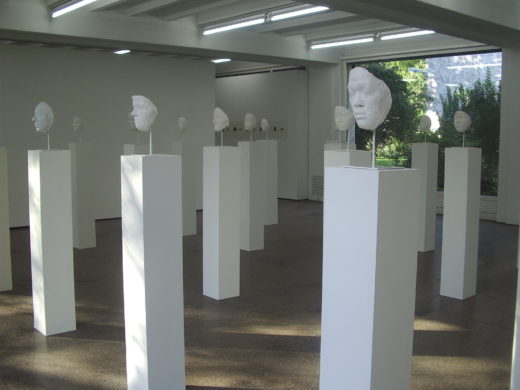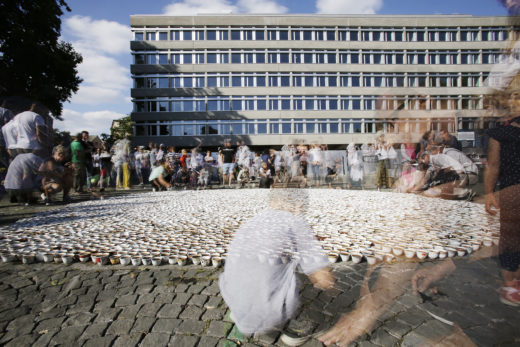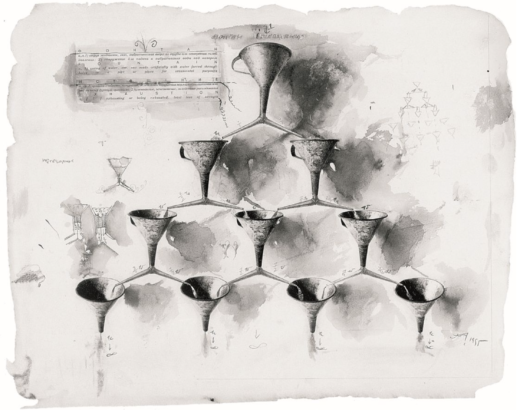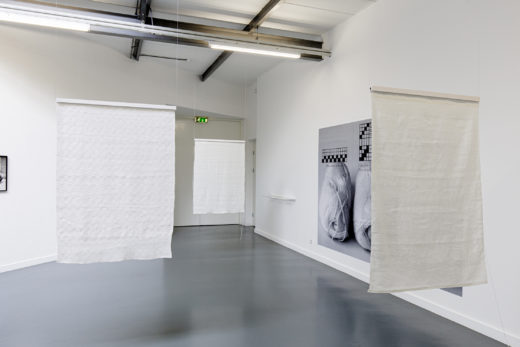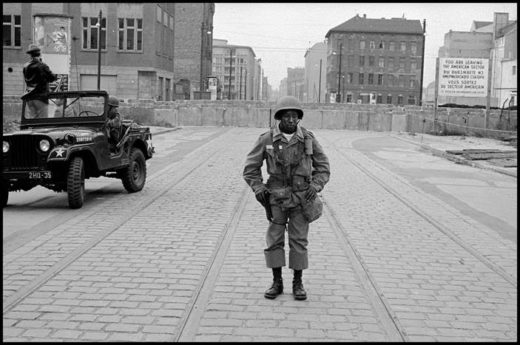Snapshot Dialogue: Allan Siegel (Budapest) and Szabolcs KissPál (Budapest)
As part of its 25th Anniversary Celebrations, ARTMargins Online hosts a series of short dialogues between critics and curators from Eastern Europe and one or several artists. With these “snapshot” conversations, we want to shed light on the challenging political and economic conditions under which artists and other producers of culture in the region operate today, yet we also aim to highlight the amazing vibrancy, resilience, and resourcefulness of its art scenes.
This Snapshot Conversation, a podcast, focuses on the status of the Intermedia Program at the Hungarian University of Fine Arts and the artistic practice of Szabolcs KissPál. KissPál … Read more

